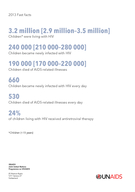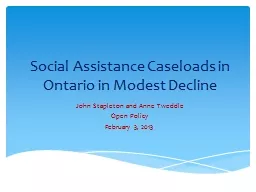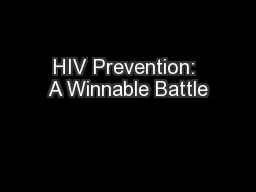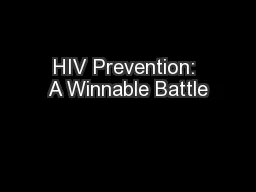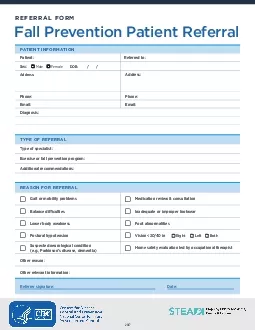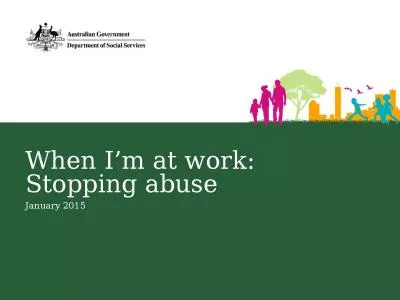PDF-CHILDREN AND HIV Fact sheet Children and HIV July Stopping new HIV infections among
Author : alexa-scheidler | Published Date : 2015-01-21
Despite this signi64257cant progress the number of children becoming newly infected with HIV remains unacceptably high About 240 000 210 000280 000 children became
Presentation Embed Code
Download Presentation
Download Presentation The PPT/PDF document "CHILDREN AND HIV Fact sheet Children an..." is the property of its rightful owner. Permission is granted to download and print the materials on this website for personal, non-commercial use only, and to display it on your personal computer provided you do not modify the materials and that you retain all copyright notices contained in the materials. By downloading content from our website, you accept the terms of this agreement.
CHILDREN AND HIV Fact sheet Children and HIV July Stopping new HIV infections among: Transcript
Download Rules Of Document
"CHILDREN AND HIV Fact sheet Children and HIV July Stopping new HIV infections among"The content belongs to its owner. You may download and print it for personal use, without modification, and keep all copyright notices. By downloading, you agree to these terms.
Related Documents

